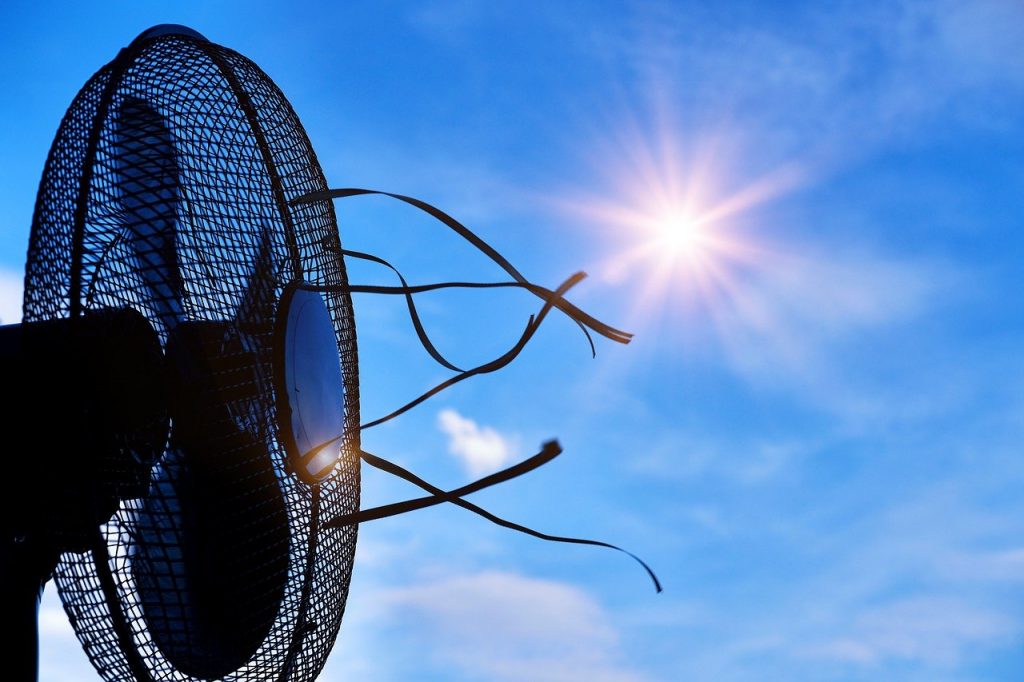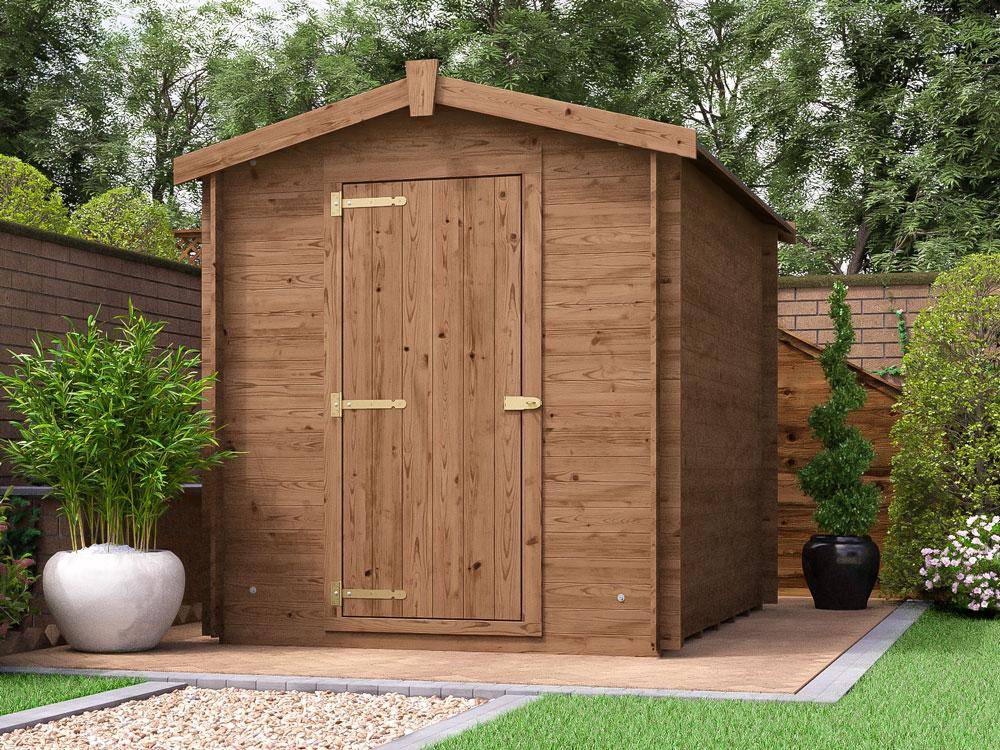Does your house become unbearable to live in during hot weather? Here is some advice on how to cool down your home and help tackle the growing issue of global warming.
A recent climate report from the government warns that if we are unable to keep homes cool in summer and warm in winter, health and productivity will suffer.
During the pandemic, increasing numbers of people in the UK began working from home. In 2020 an estimated 30% worked at home, compared to just 5% the year before. This means that a hot home is also an overheating office, making it difficult for some people to work. It is hard to be productive if you live somewhere that feels like an oven in hot weather.

The Passivhaus Trust works to promote buildings built to their standard. This means creating somewhere that is comfortable to live in while using very little energy for heating and cooling.
John Palmer, from the trust, says “our existing housing stock is in many cases poorly prepared to deal with rising temperatures”. The government plans to build 3000,000 new homes each year. It is vital they are designed in a way that can cope with the rising heat without using energy consuming means, such as air conditioning. Some forecasts suggest that by 2100, air conditioning could contribute to an increase of 0.5 degrees C in global warming.
Cooling shade
Good insulation will keep a house warm in winter, but will not prevent it feeling cool during the summer.
Most of the heat inside a house generally comes from sunlight through the windows. Very little heat is transmitted through the walls of the home in hot weather. Mr Palmer claims that it is possible to generate 150 watts worth of heat from one square metre of south facing solar glazing.
There is hi-tech glass which allows less heat from the sun to pass through. However, this may come in useful during the hotter months, but will make homes colder in the winter.
The best solution is to use outside shutters, or overhangs on the windows to provide shade in summer without blocking light in winter.
Ideally, windows should be orientated north-south on buildings, with those on the north side prioritising daylight, and less than a quarter of the property’s south face covered with glazing.
Summer breeze
Windows are not just for light, they provide ventilation too.
Cross ventilation, where air flows between windows on opposite walls, is an important factor to help keep a property cool. However, many flats are built with glazing mainly only on one wall. This poor design causes concern as it means heat is admitted but not allowed to flow out. Another issue for concern is the pressures on building new homes. They often end up near sources of loud noise like railways or busy roads. This leaves residents having to choose whether they want cool air from opening the window, and the noise that goes with it, or keep the window closed to stay in the quiet.
Meanwhile, it is worth noting how air temperature changes significantly throughout the course of a day. Taking a particular day as example, while temperatures could reach highs of up to 25C during the day, forecasts say it will cool down to 15C at night.
This means in summer, we need to aim to bring the cool night air inside and keep it cold for as long as possible. Some mechanical ventilation systems can help by cooling warm fresh air entering the property using the cold night air as it leaves.
UK start-up AirEx, who make smart air-bricks, aim to control the flow of hot and cold air in underfloor spaces. Their bricks have holes in and connect to the home’s wi-fi, using sensors and “smart algorithms” to respond to temperature, humidity and air quality.
Heat sources
Appliances and systems inside the home can also generate heat.
Fridges remain cold by transferring heat from their inside to their outside, so the bigger the size, the more heat it will produce.
The tanks and pipes of hot water systems work like radiators, and are constantly on, even on the hottest days. Insulating the pipes can help to reduce the amount of heat released into the home.
Another solution is to use an energy efficient heat pump to warm water. Temperatures can be cooler than usual, but is still hot enough for use without heating the house as much. Heat pumps are like two-way fridges. They cool down the house by moving heat from inside to outside, but can also do the reverse by bringing outside heat in.
In a bid to make existing houses more energy efficient, UK start-up Ventive is putting heat pumps, mechanical ventilation and hot water together in a single box. At the moment, heating water and cooling air are separate processes, which wastes energy. Ventive believe by combining the two, efficiencies will improve by more than 50%.
A heat pump works by taking heat from the air and transferring it to the water to heat it. Ventive’s box also uses the process to provide cool air inside at the same time. The box also contains a material, with similar principles as ice, that can act as a “heat battery”. It stores heat as it melts and warms, and gives off heat as it cools and freezes. An electrical battery allows heat and electricity to be stored when it’s most efficient, and released when needed.
Thank you for reading How to Cool Down your Home as the World Heats up

Looking for a storage solution for your garden furniture, tools and belongings? Look no further – Garden Sheds at affordable prices.